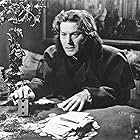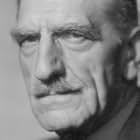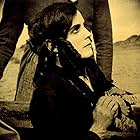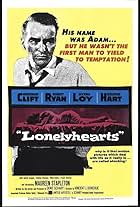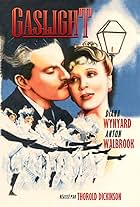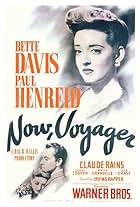Picking up where Victoria the Great (1937) left off, this sequel has Anna Neagle return to the role of Queen Victoria in another colorful account of the revered British monarch's reign. This... Read allPicking up where Victoria the Great (1937) left off, this sequel has Anna Neagle return to the role of Queen Victoria in another colorful account of the revered British monarch's reign. This film offers a stellar chronicle of Victoria's relationship with Prince Albert (Anton Walb... Read allPicking up where Victoria the Great (1937) left off, this sequel has Anna Neagle return to the role of Queen Victoria in another colorful account of the revered British monarch's reign. This film offers a stellar chronicle of Victoria's relationship with Prince Albert (Anton Walbrook) as well as the political and military upheavals that characterized her time as Queen... Read all
Photos
- The Baroness Lehzen
- (as Grete Wegener)
- Rt. Hon, H.H. Asquith
- (as Frederick Lister)
Storyline
Did you know
- TriviaPamela Standish later reprised her role as Victoria, Princess Royal in The Prime Minister (1941).
- Quotes
Prince Albert: It's a beautiful dance, the waltz.
Queen Victoria: How the young people do enjoy it.
Prince Albert: Are we so very old?
Queen Victoria: I'm 21, Albert.
Prince Albert: That's very old!
Queen Victoria: Old enough to know that it would be improper for a married woman to dance the waltz!
- ConnectionsFollows Victoria the Great (1937)
Although I have watched VICTORIA THE GREAT on Italian TV many years ago – I cannot sensibly compare the two movies – this second installment certainly does not strike me as being made up of footage which had ostensibly been left on the cutting-room floor the first time around or a compilation of B-sides as it were; for one thing, unlike the case here, its predecessor only used Technicolor sparingly. Even so, the film does follow a rigorous episodic structure in order to confine its 60 years of eventful history into just 95 minutes of screen time: from foreigner Albert's unpopular coming to Britain as incumbent Prince Regent to reaching his zenith as the brains behind the Great Exhibition of 1851 to his early death; from Victoria's battle-of-wills with the old-fashioned Duke of Wellington over his opposition to Albert to his becoming one of their closest confidantes and his own death as they are adjudicating a traditional Scottish dance contest; from Lord Palmerston's impassioned speeches in Parliament that leave no alternative but for Britain to engage in the Crimean War (including a re-enactment of the famous incident of "The Charge Of the Light Brigade") to Disraeli's scheming to acquire the Suez Canal for Britain; from General Gordon's defeat in Khartoum to Lord Kitchener's triumph at Omdurman, etc. The film obviously ends with the death of the Queen herself at the turn of the 20th century and the people's verdict that an era had veritably been brought to a close with her passing. The end result is less an epic that a glorified depiction of the family life of the elite British society but it is no less entertaining for that; indeed, the engaging central performances, the familiar faces and events and the solid production values (including Anthony Collins' music score) carry the day admirably.
In conclusion, although the hazy print I watched was preceded by the unmistakable logo of U.S. distributor RKO Radio, the title displayed on the opening credits is still SIXTY GLORIOUS DAYS rather than QUEEN OF DESTINY – which is how it was retitled in 1941 when it was paired with the Charles Laughton-Carole Lombard comedy THEY KNEW WHAT THEY WANTED (1940) on the other side of the pond; what is more, a compilation movie called QUEEN VICTORIA was released in Britain in 1943, which re- edited the two films together in chronological order and accidentally destroying their original individual negative into the process!
- Bunuel1976
- Mar 20, 2014
- Permalink
Details
- Runtime1 hour 35 minutes
- Aspect ratio
- 1.37 : 1
Contribute to this page






